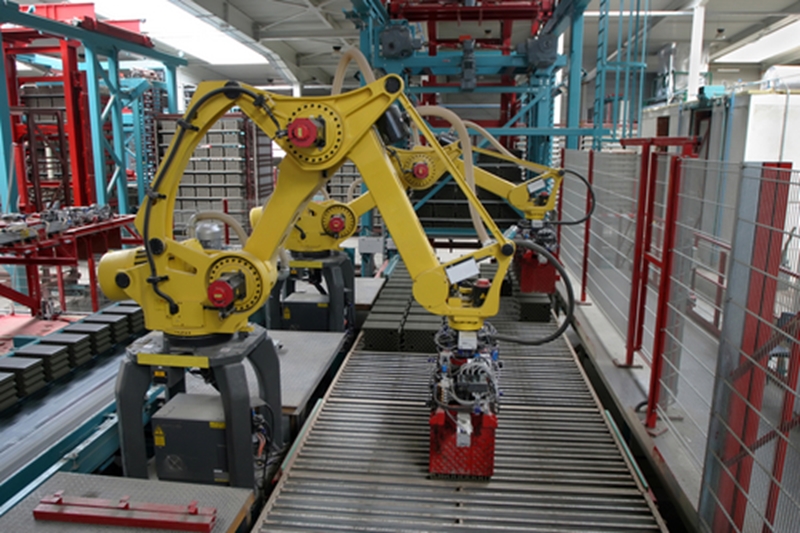February saw Australia’s manufacturing sector grow to its highest level since May 2002. The Australian Industry Group’s monthly report showed an increase of 8.1 points to 59.3 on the country’s Performance of Manufacturing Index (PMI). This was the fifth consecutive month of expansion.
A breakdown of the figures
The PMI ranges from 0 to 100. A normal manufacturing level is considered to be 50, so anything above that figure indicates growth, with the distance between 50 and the month’s overall PMI showing the extent of this expansion. The Australian PMI is broken down into eight separate categories – nonmetallic minerals, food and beverages, textiles and furniture, wood and paper, printing and recorded media, fuels and chemicals, metal products and, finally, machinery and equipment.
Seven of these eight sub-sectors recorded growth in February. Nonmetallic minerals posted the highest PMI figure (66.3 points), followed by machinery and equipment (60.1 points) and food and beverages (58.8 points). The only sector to remain below 50 was printing and recorded media, which had 45.1 points. Wood and paper managed to recover to 51.9 points, having recorded shrinkage the previous month.

What’s contributing to the boom?
Exports are one of the key contributors to this growth, up 2.9 points to 57. Meanwhile, production grew by a whopping 15.4 points to 65.3, while new orders, employment and sales also performed well.
How do we compare to the rest of the world?
China, one of Australia’s biggest manufacturing competitors, saw their PMI decrease to 51 points. The US and the UK also saw drops in their PMI (to 54.3 and 55.9 points respectively), but the Eurozone and Japan’s went up (55.5 and 53.5). Australia’s was the second highest of all these countries after the UK. If these trends continue, Australia may soon move into the highest position.
What may be slowing growth down?
Apart from the intense competition from overseas, which has been a factor slowing the Australian PMI for some time now, the report also indicated that a significant check on Australian manufacturing was the rising cost of raw materials coupled with problems with the supply chain. These problems were then causing price pressure and delaying some supplies.
 The g
The gThis is something Advanced Business Manager can really help your manufacturing firm with. Our accounting software allows you to organise and control your stock and supply of materials, so that you are alerted ahead of time when you are running low on anything.
Other key benefits of ABM’s manufacturing management software include:
- Bill of materials (BOM) features – our software makes it easy to create detailed BOMs, incorporating sub-assemblies, labour and overheads.
- Production quotations – using the BOM features to produce your anticipated costs, you can easily provide an estimate for your clients’ orders.
- Supply analysis, forecasting and materials planning – you can use the data already in your ABM manufacturing software to manage your inventory levels based on planned production runs and forecast models. This can be set up to interact with ABM’s accounting software, so that delivery orders may be automatically issued.
- Optional warehousing software module – this helps you control and organise stock to improve your warehousing efficiency, stock location and internal tracking, and your handling of consignment and bonded goods.
These are just some of the many benefits that come with ABM’s manufacturing and business management software. If you want to improve your business’ quality, efficiency and productivity so you too can contribute to Australia’s growing manufacturing PMI, contact us for more information.







